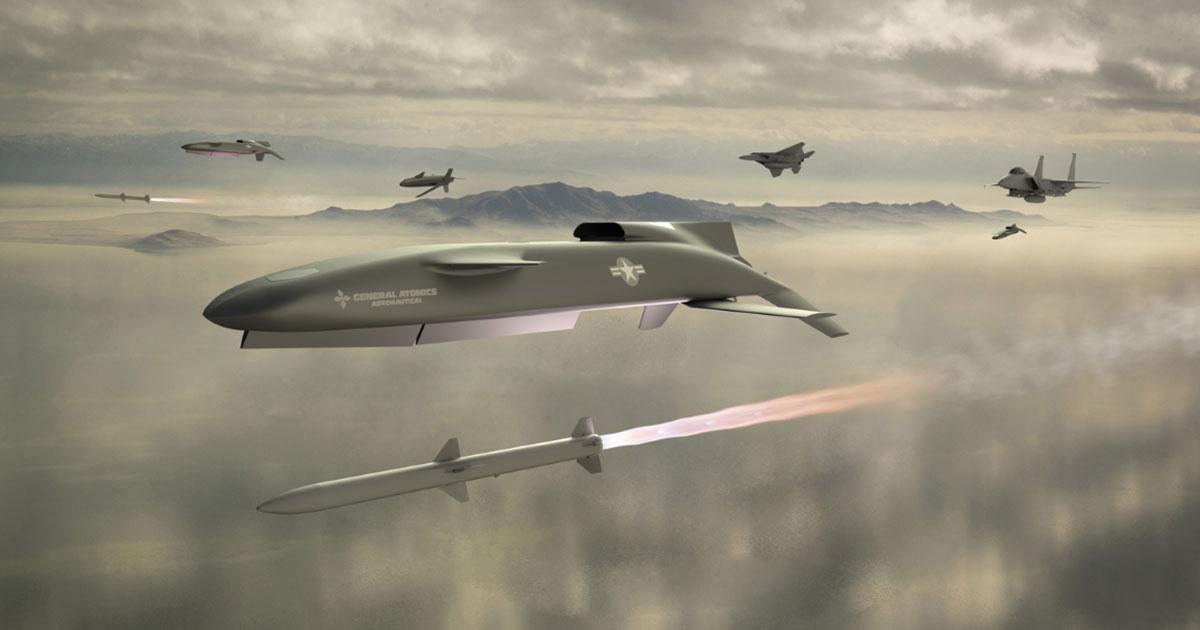
LONDON—Industry executives still are raising fundamental questions about the design and relevance of a fleet of future autonomous combat aircraft.
Speaking at the Global Air and Space Chiefs Conference July 17, the head of Northrop Grumman’s Aeronautics division emphasized the importance of survivability and upgrade capacity in the future design of Collaborative Combat Aircraft (CCAs), two features that can add cost and complexity to the concept.
“I’m concerned that we understand survivability requirements, and I’m not saying everything has to look like a B-21,” Northrop Aeronautics President Tom Jones says. “There’s probably a fine line between getting the survivability of a platform right so it can deliver effects and where it would be much less effective at doing that.”
An aircraft’s survivability is a function of several factors, including sensors, electronic warfare and countermeasures. Survivability is also defined by the shaping of the aircraft’s exterior, also known as the outer mold line.
But a stealthy outer mold line is difficult and expensive to change, Jones says. Instead of increasing performance by updating the wing, for example, it would be easier to upgrade the internal systems. That means the designers must factor upgrades into the original design of those subsystems, providing them enough capacity to increase the size, weight, power and cooling provisions over time, he says.
“We really, really need to look at developing systems’ [capacity] and making sure we put that premium,” Jones says.
But a Lockheed Martin executive raised more fundamental questions about the relevance of CCAs, including whether they would be useful in deterring a future conflict with China.
“This is something that I know is being talked about is how do you organize, train and equip to [operate CCAs]?” says Jeffrey Harrigian, Lockheed’s vice president for strategic campaigns and a former commander of U.S. Air Forces in Europe.
“And then,” he adds, “does it really deter China? Those are two questions that I think we need to think our way through as we go forward in procuring those types of capabilities.”





